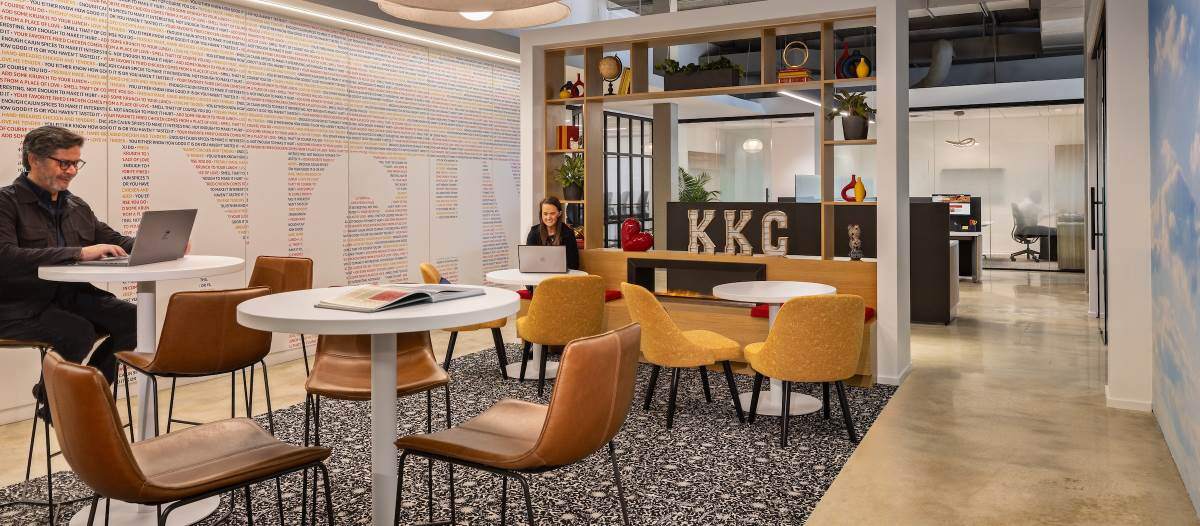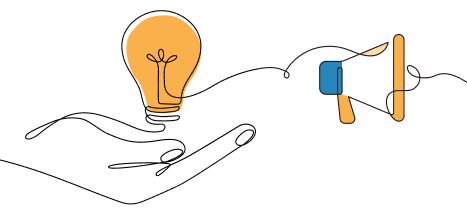Get with the Program
Why programming is essential to facility design

A building is much like an engine: every component must work in harmony for the whole to function effectively. Each part carries weight, but it is the way these parts interact that ultimately determines performance. In architecture, successful design begins not with form, but with insight — understanding not only how people work, but also how their environments must support them. Establishing this clarity of direction before the first line is drawn lays the groundwork for solutions that are accurate, meaningful and enduring.
What is programming?
Programming is the first vital step in the design process — the stage in which ideas, needs and aspirations are translated into a clear framework for design. It is about discovery, definition and dialogue. At its core, it requires direct interface and collaboration with the building’s users, stakeholders and decision-makers. This collaboration ensures that the project reflects not only technical requirements, but also the human experience it is meant to serve. The programming process includes:

Programming is part problem-solving and part understanding. It takes a lot of complex information and organizes it into a clear plan that guides the rest of the design process. By working directly with users, programming uncovers how people want to work and interact in the building, making sure the design truly fits their needs.
In other words, programming is more than a first step — it is what connects people to place and ideas to reality. It builds the foundation for good design by bringing clarity, structure and purpose from the very beginning.
What can a detailed program tell you?
A program is more than just a preliminary checklist — it is the foundation upon which the success of a project is built. From the beginning, it uncovers the essential elements that will guide the design and development process.
 Defining priorities
Defining priorities
Every project begins with questions: What is the purpose of the building? Who will use it? What should it achieve? A program is the mechanism that translates these questions into actionable criteria. It identifies the driving issues that will influence the outcome of the project, clarifying both functional requirements and aspirational goals. In doing so, it gives shape to the architectural vision before a single line is drawn.
 Balancing budget & scope
Balancing budget & scope
One of the most immediate benefits of a program is its ability to align ambitions with resources. By outlining anticipated functions, spatial requirements and performance goals, the program can confirm whether the project fits within its financial framework. It not only gauges feasibility but also highlights areas where adjustments may be necessary, creating a roadmap that balances budgetary discipline with design intent.
 Determining size & form
Determining size & form
A well-developed program informs the physical dimensions of a project. It can determine the building’s size, ensuring that the spaces provided match the client’s needs without exceeding practical limits — and it can begin to suggest the form that those spaces might take. Whether compact and efficient or expansive and expressive, the program sets the parameters within which the design can thrive.
 Integrating with the site
Integrating with the site
No building exists in isolation. The program offers critical insights into how a project might inhabit its site. It can advise on orientation, massing and spatial organization, addressing factors such as solar access, views, circulation and community interface. By situating the building within its broader physical and cultural context, the program helps ensure that the architecture is not only functional but also responsive and connected.
 A living document
A living document
Perhaps most importantly, the program is not static. It evolves alongside the project, serving as both a guide and a metric throughout every stage of design. During schematic design, it can be used to test emerging concepts; in later design phases, it can provide a benchmark against which to measure progress. Even as unforeseen challenges arise, the program maintains continuity, ensuring that the core values of the project remain intact.
Why is it important?
Programming is often overlooked as a behind-the-scenes exercise, but in reality, it is the cornerstone of successful design. By uncovering essential elements at the outset — budget, size, form and site relationships — it creates clarity where uncertainty might otherwise prevail. More than a preliminary step, it is a dynamic tool that sustains the design process from inception to completion, guiding projects toward coherence, clarity and purpose.
Just as an engine thrives when every part is tuned and aligned, a building succeeds when each design decision is informed by purpose and understanding. By weaving together user needs, spatial requirements and budget realities, the designer creates more than just a structure — they create a framework that empowers people to work, connect and thrive. When the process begins with clarity, the outcome is not only functional, but also meaningful, enduring and effective.

Read more on Workplace and Occupancy & Human Factors or related topics Space design and planning and Space Management
Explore All FMJ Topics









